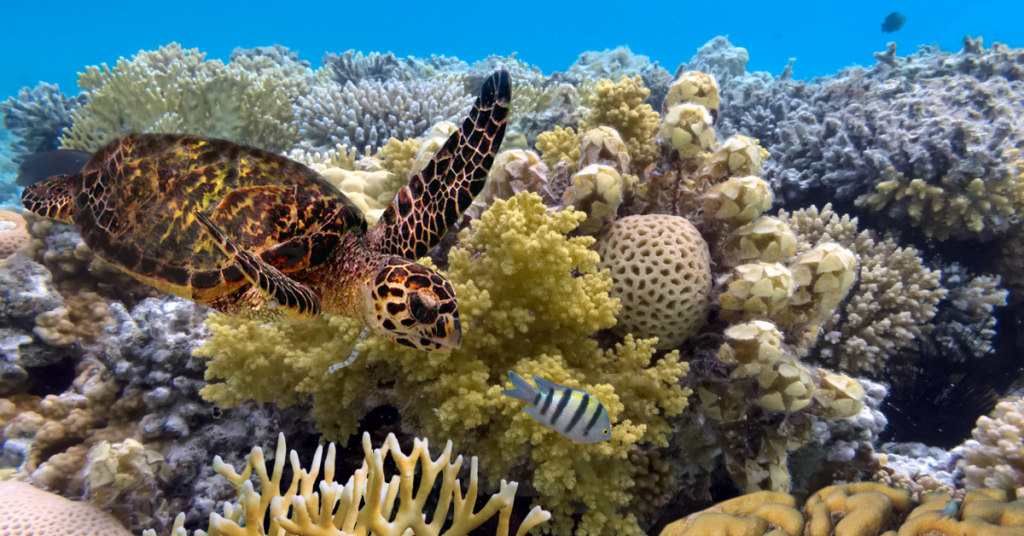The Australian Government’s threatened species action plan is welcome and should be followed by an investment in the development and implementation of recovery plans for all threatened species to stop extinctions, said WWF-Australia.
Environment Minister Tanya Plibersek today released the 10-year-plan, which includes objectives to reverse the decline of 110 priority species, protect at least 30 per cent of Australia’s land, and prevent any new extinctions of plants and animals.
WWF-Australia’s Chief Conservation Officer, Rachel Lowry said it was good to see a plan with an emphasis on clear objectives and transparent reporting.
“Australia’s wildlife and wild places have been on a dangerous downward spiral,” she said.
“We applaud the government for making a commitment to change this trajectory for a range of threatened species and their habitats.
“It’s wonderful to see Australia join other developed countries, including New Zealand and members of the EU, in setting a target of zero new extinctions. Halting extinctions is achievable, particularly for a wealthy nation with science-based solutions.
“It’s also encouraging to see the plan has a strong focus on First Nations knowledge and activities that will improve the resilience of priority species and places that are vulnerable to climate change.”
However, Lowry encouraged the government to go further and invest in time-bound recovery plans for every threatened species, as well as resources to implement them.
“Australia has more than 1,900 listed threatened species. This plan picks 110 winners. It’s unclear how it will help our other ‘non priority’ threatened species such as our endangered greater glider for example,” said Lowry.
“Costed and time-bound recovery plans are essential for all threatened species. Otherwise we will see more native animals silently crossing the extinction line.”
Lowry also urged the government to overhaul Australia’s failing environment laws to protect threatened species and their habitat.
“This government has the opportunity to deliver a new generation of nature laws and a well-resourced independent regulator to help ensure the protection of all threatened species,” she said.
Lowry said the plan should also be accompanied by an ambitious vision for rewilding Australia.
“To truly regenerate Australia we need to move beyond just preventing further extinctions and restore what we’ve lost,” she said.
“We look forward to working with the government to rewild and return some of our most vulnerable keystone species to their former landscapes.”
WWF-Australia has submitted a brief to the federal government called A Blueprint to Regenerate Australia, which sets out the policies required to safeguard our wildlife and wild places and build a sustainable nation.












